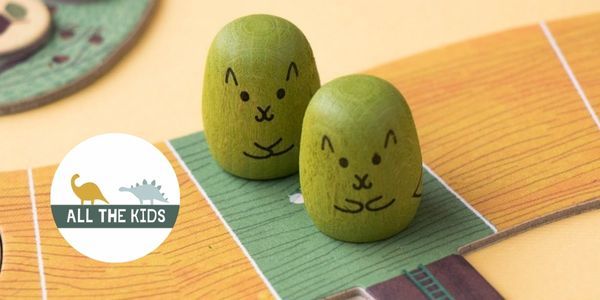

If you’re starting to look at schools for your little one, you may have come across the term ‘Forest School’.
You’re probably envisioning a school, set in the forest – well, it isn’t quite as simple as that.
‘Forest School’ is a very interesting model of education, one we’re excited to be able to look into and deliver this simple guide on, to help parents make the right decision when it comes to choosing the PERFECT school for their child. Not all schools will offer forest school learning, and some are predominantly based in the forest school setting – there’s so much variation, but each will follow the same principles of forest schooling as outlined below. Some nurseries also offer a forest school setting for sessions, the number of which will vary between providers!
What IS a Forest School?
The Forest School Association defines a forest school as;
“Forest School is an inspirational process, that offers ALL learners regular opportunities to achieve and develop confidence and self-esteem through hands-on learning experiences in a woodland or natural environment with trees.
Forest School is a specialised learning approach that sits within and complements the wider context of outdoor and woodland education.”
So, any educational setting that offers all learners regular opportunities to access forest school sessions, and follows the principles we’ll cover further down, could be defined as a ‘Forest School’.

Forest school promotes a ‘learner-centred approach’. The principles of Forest schooling, as outlined by the Forest School Association, as as follows;
- FS is a long-term process of regular sessions, rather than a one-off or infrequent visits; the cycle of planning, observation, adaptation and review links each session.
- FS takes place in a woodland or natural environment to support the development of a relationship between the learner and the natural world.
- FS uses a range of learner-centred processes to create a community for being, development and learning.
- FS aims to promote the holistic development of all those involved, fostering resilient, confident, independent and creative learners.
- FS offers learners the opportunity to take supported risks appropriate to the environment and to themselves.
- FS is run by qualified Forest School practitioners who continuously maintain and develop their professional practice.
Read more about the principles here.
Where can I find a forest school provider?
If you’re looking for a school that advocates and uses the Forest School Model, either on site or through off site visits to local forest settings, you can find your nearest on the FSA database here.
What are the benefits of the forest school model of education?
There’s quite a lot of positive research on the forest school model, which concludes that your little one could experience the following benefits;
- Promotes physical activity, as your little one will be moving around whilst learning.
- Improves self esteem and confidence through the activities and learning about the world around them, which is great for mental health.
- Promotes healthy lifestyles through teaching children about the planet and how to be in tune with nature.
- Particularly effective for children who struggle to settle and concentrate in a classroom setting – gives welcome variation and an opportunity to flourish by showing skills not reflected in the classroom, and also helps to burn off excess energy which improves concentration too.

Forest School inspired activities at home
Encompassing the principles of the forest school model can be done at home too, and it can guarantee hours of engaging fun for you and your little one. Our guest blogger Amy at Growing Up With Nature is an excellent resource to read up on the benefits of learning about nature at home.
Here’s some more Forest School inspired ideas we’ve spotted;
- Have a bug hunt in your garden or the local park, and note down which you’ve found. Maybe challenge your little one to find certain species!
- ‘Flower scavenger hunting’ – print out a list of local flowers, and go for a walk noting down which you spot. Or, you could take photos and then research which species they are with your child.
- Natural art – collect twigs, fallen leaves, fallen flowers (it’s not good to pluck living flowers), stones and other detritus to create collages on the ground.
- Den building – this is a really good problem solving task, and you can incorporate maths problems (finding a specific number of logs) and also hone motor skills through building. It’s also a great imaginative task.
No matter whether at home or within an educational setting, there’s a forest school activity for everyone, and we hope that this has helped to inspire our lovely followers to embrace nature as a fun learning tool.
Love from Katie. Xx



.jpg)

.jpg)
.jpg)

.jpg)

.jpg)




